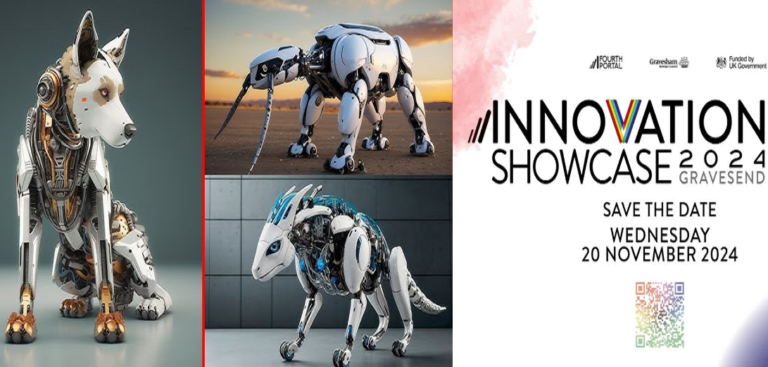In simple words, robotics can be defined as the field of computer science concerned with
creating, designing, manufacturing, and operating robots. It is the branch of artificial
intelligence. Its objective is to make human jobs simpler by creating machines that can aid
them. Robots are specifically used in industries where work must be performed in an
environmentally hazardous to humans. The use of robots is also seen in industries such as
automobile manufacturing which requires the performance of simple repetitive tasks.
The earliest robots as we know them were created in the early 1950s by George C. Devol,
an inventor from Louisville, Kentucky.
There are five primary areas of robotics.
Operator interface.
Mobility or locomotion.
Manipulators & Effectors.
Programming.
Sensing & Perception.
Although robots can definitely perform some tasks better than humans, there are still certain
areas that should be left to people alone.
Here are the following are things robots do better than humans:
Read more on:Why Meta Is Keen On Instagram Reels!
Automate manual or repetitive activities in corporate or industrial settings.
Work in unpredictable or hazardous environments to spot hazards like gas leaks.
Process and deliver reports for enterprise security.
Fill out pharmaceutical prescriptions and prep IVs.
Deliver online orders, room service, and even food packets during emergencies.
Assist during surgeries.
Robots can also make music, monitor shorelines for dangerous predators, help with
search and rescue and even assist with food preparation.
The most popular language in robotics is probably C/C++.
The robotics industry has evolved quite a lot from industrial grade robots to collaborative
robots to adaptive robots.
Launched in 2019, adaptive robots feature artificial intelligence (AI) and machine learning
(ML) integrated with proprietary force-sensing technology and AI-based computer vision.
With, a giant leap in every possible dimension of human life, the robotics industry is set to
grow more rapidly in the coming years. In terms of numbers, it is projected to reach $189.36
billion by 2027, growing at a CAGR of 13.5% from 2020 to 2027.














